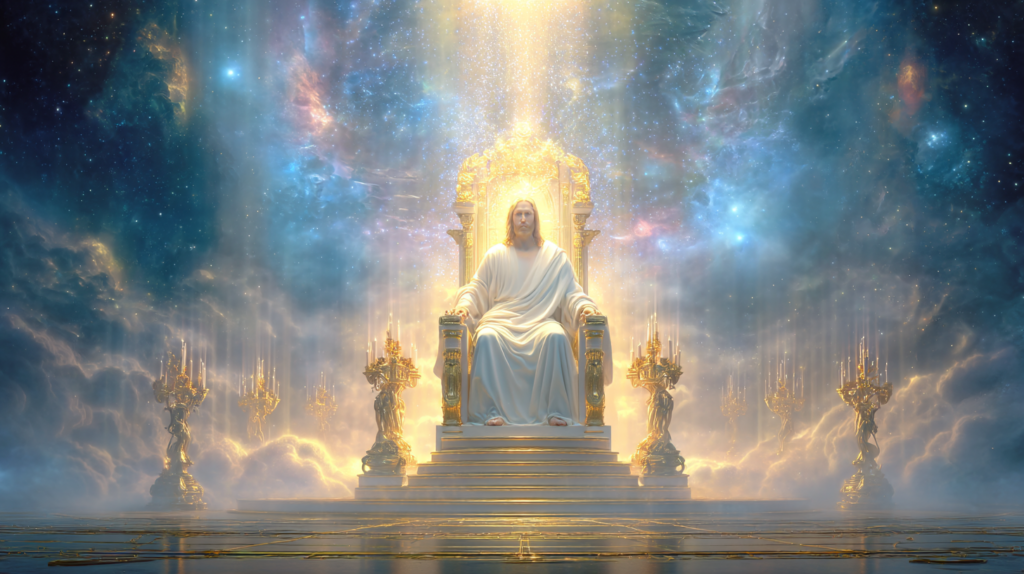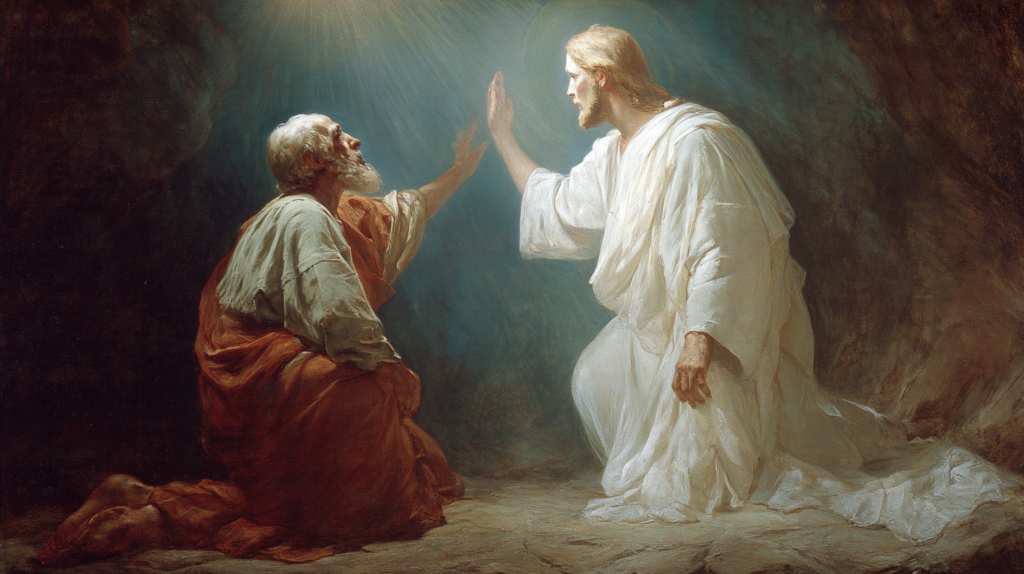Revelation 1 Unveiled: The Shocking Vision of Christ, the Secrets of the 7 Churches, and the End-Times Mystery You Can’t Afford to Miss!”
Justification
- Engages curiosity: Words like “unveiled,” “secrets,” and “mystery” spark immediate interest.
- Highlights impactful imagery: “Shocking vision of Christ” emphasizes the chapter’s dramatic imagery.
- Practical connection: “You can’t afford to miss” creates urgency, linking the text to modern relevance.
- Comprehensive approach: Combines symbols (7 churches), Christ’s authority, and prophetic context, appealing to both scholars and seekers.
Bonus: Perfect for Bible studies, social media posts, or content aimed at those seeking a deep yet accessible understanding of Revelation! 🔥📖
Chapter 1 of Revelation is one of the Bible’s most intriguing and symbolic texts. It sets the stage for the entire book and contains powerful messages about the revelation of Jesus Christ. Let’s break down its key elements:
1. Introduction and Context (Revelation 1:1-3)
The chapter opens with a clear statement about the book’s nature: it is a revelation from Jesus Christ, given by God to the apostle John. This revelation is prophetic and symbolic, intended for God’s “servants” (Revelation 1:1).
Verse 3 emphasizes the blessing promised to those who read, hear, and obey the words of this prophecy.

2. The Greeting (Revelation 1:4-6)
John addresses the seven churches in Asia, blessing them with a tripartite description of God:
- “Him who is, who was, and who is to come”: God’s eternal nature and sovereignty over time.
- “The seven spirits before His throne”: A symbolic reference to the Holy Spirit’s perfection (seven = completeness).
- Jesus Christ: The “faithful witness,” who loved the Church, cleansed it with His blood, and made it a kingdom of priests.
This highlights Jesus’ roles as Savior, King, and High Priest.

3. The Vision of Christ in Glory (Revelation 1:9-20)
Most of the chapter focuses on John’s awe-inspiring vision of Christ while exiled on Patmos. Key details include:
- Christ’s appearance: Robed in majesty (golden sash), with hair white as snow (wisdom), eyes like fire (discernment), and a voice like rushing waters (authority).
- Symbolic elements:
- A sharp sword from His mouth: The power of His Word.
- Feet like burnished bronze: Unshakable judgment.
- Face shining like the sun: Divine glory.
The Seven Lampstands and Stars:
- The lampstands represent the seven churches (Revelation 1:20).
- The stars are the angels (messengers) of these churches. Christ walks among the lampstands, showing His active presence in the Church.

4. John’s Reaction (Revelation 1:17-18)
Overwhelmed, John falls at Christ’s feet “as though dead.” Jesus reassures him, saying, “Do not be afraid,” and declares Himself the Living One who holds the keys to death and Hades. This moment blends terror with comfort, affirming Christ’s victory over death.

5. John’s Mission (Revelation 1:19-20)
Christ commands John to write:
- “What you have seen” (the vision),
- “What is now” (the state of the churches),
- “What will take place later” (future prophecy).
This threefold scope ensures the book’s relevance across all generations.
Key Takeaways:
- Christ’s Authority: Revelation 1 portrays Jesus not only as Savior but as the glorified Lord of all creation.
- The Church’s Role: Prepares readers for the letters to the seven churches, stressing Christ’s intimate involvement in guiding His people.
- The Prophetic Promise: Points to Christ’s ultimate triumph over evil, offering hope amid trials.

Why It Matters Today:
Revelation 1 challenges believers to recognize Christ’s sovereignty, stay faithful in persecution, and anticipate His ultimate return. Dive deeper—this vision isn’t just ancient prophecy; it’s a roadmap for enduring faith! 🙌✨
